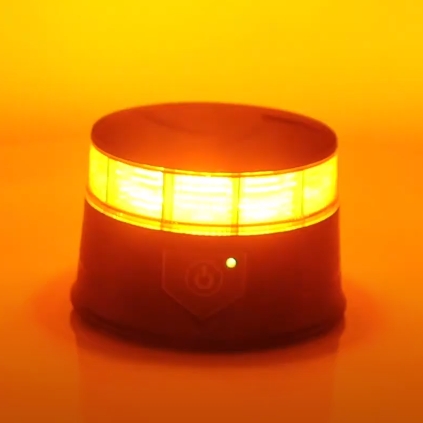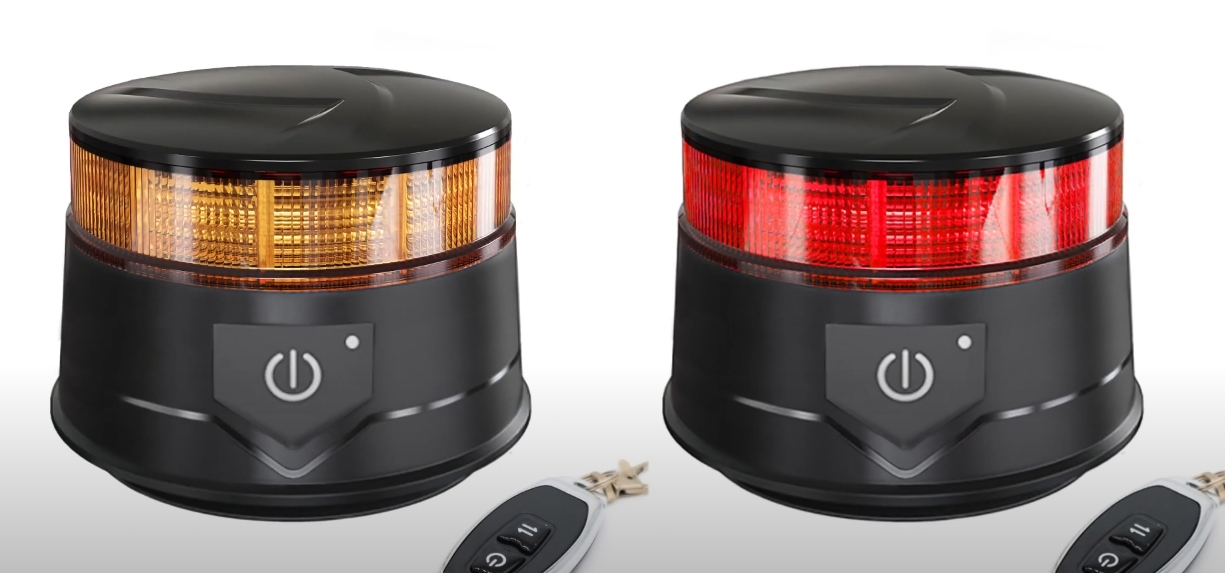In the vanguard of transportation technology advancements, the advent of the LED beacon light has redefined the landscape of vehicle conspicuity and safety measures. Far more than just a signal device, this cutting-edge solution harnesses the power of solid-state lighting to provide unparalleled visibility and intelligent communication capabilities for contemporary vehicles.

LED beacon lights represent a quantum leap from traditional warning lights, integrating microprocessor-controlled optics that emit a focused, high-intensity beam with precise directional control. These lights utilize next-generation LED chips, which produce a crisp, vibrant light output while consuming significantly less energy than legacy incandescent alternatives. Their superior color consistency and faster response times ensure instant recognition, thereby reducing the risk of accidents and improving reaction times among road users.
The LED beacon light’s architecture embodies both innovation and resilience. Encased in durable, impact-resistant materials, these units withstand harsh environmental conditions, including extreme temperatures and vibrations typical in mobile applications. Equipped with advanced thermal management systems, they maintain optimal operating temperatures to guarantee extended lifespan – often surpassing 100,000 operational hours – and minimal degradation over time.
Moreover, the beacon light incorporate smart technologies enabling programmable flash patterns and synchronization across multiple units. This allows for customized signaling strategies, tailored to suit specific requirements for different vehicle functions, from emergency services to autonomous transport guidance. Some models even feature IoT connectivity, allowing remote monitoring and adjustment of settings via cloud platforms.
Notably, LED beacon lights have seen integration with LiDAR (Light Detection and Ranging) and other sensor technologies, contributing to the development of smarter, more interactive transportation ecosystems. For instance, they can dynamically respond to traffic conditions, adjusting intensity based on proximity to other vehicles or pedestrians, thereby promoting safer interactions in shared spaces.
In the domain of maintenance and installation, LED beacon lights boast plug-and-play simplicity, often with modular designs for easy replacement and upgrade. They may also include features like self-diagnostics, reporting malfunctions directly to fleet managers or vehicle operators through digital interfaces.

In essence, the LED beacon light stands as a testament to the convergence of illumination and intelligence within the transportation sector. As technology continues to evolve, so too does the role of beacon lights, transforming from passive indicators to active participants in creating a safer, more interconnected driving environment. By embracing these sophisticated LED beacon systems, the industry is taking a decisive step toward mitigating risks, enhancing situational awareness, and ultimately, shaping the future of mobility.